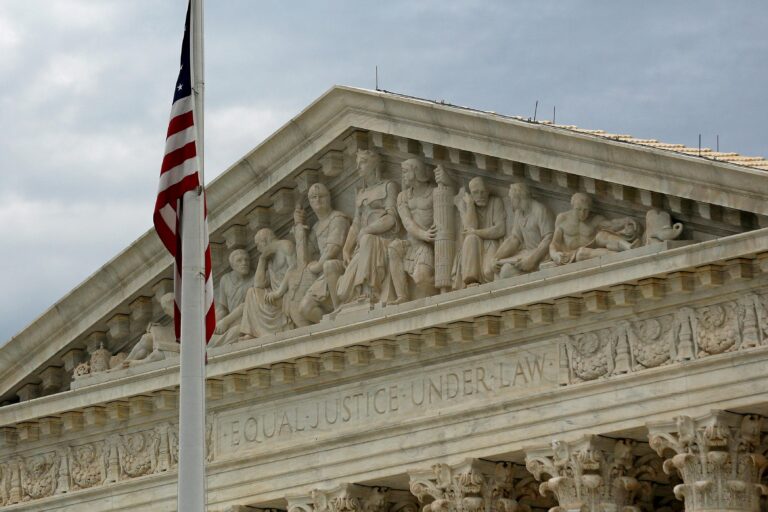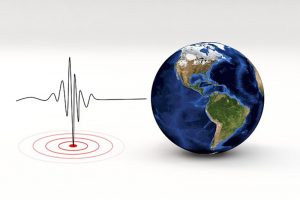Late Monday evening, southern Japan experienced a powerful earthquake, but authorities confirmed it didn’t trigger a megaquake warning like the one issued for the first time last year. Here’s everything you need to know about the event.
When and Where Did It Happen?
The earthquake struck at 9:19 PM local time (12:19 AM GMT) in the Kyushu region, one of Japan’s southernmost areas. It was initially reported to have a magnitude of 6.9, a force strong enough to cause concern in a region prone to seismic activity.
What Is the Nankai Trough?
The quake raised questions about whether it could signal activity in the Nankai Trough, an underwater zone where two tectonic plates—the Philippine Sea Plate and the Eurasian Plate—meet. This area is known for producing massive earthquakes roughly every 100-150 years. Fortunately, Japan’s Meteorological Agency (JMA) investigated and found no signs that Monday’s quake increased the risk of a megaquake in the Nankai Trough.
Tsunami Advisory Issued
After the quake, the JMA issued a tsunami advisory, warning residents in the southern prefectures of Miyazaki and Kochi about potential waves up to 1 meter (3.3 feet) high.
- A small tsunami of 20 centimeters (7.8 inches) was later recorded in Miyazaki City.
- By 11:50 AM local time, all tsunami warnings were lifted, and authorities declared it safe to return to coastal areas.
Were There Any Damages?
Despite the strength of the quake, no major damage or injuries were reported. Key infrastructure, including the Ikata Nuclear Power Plant in western Japan and the Sendai Nuclear Power Plant in Kagoshima Prefecture, remained safe, according to NHK, Japan’s public broadcaster.
How Does This Compare to the 2023 Megaquake Warning?
In August 2023, a magnitude 7.1 quake near the same region led the JMA to issue a rare week-long advisory for a possible magnitude 9 megaquake, causing widespread concern. Monday’s earthquake, however, was less severe and did not warrant the same level of alert.
What Should We Learn from This?
Japan remains one of the most prepared countries for earthquakes, but every tremor is a reminder of the region’s vulnerability:
- Stay Alert: Follow updates from trusted sources like the JMA or local authorities.
- Be Prepared: Know evacuation routes and have emergency kits ready.
- Tsunami Safety: If near the coast during a quake, immediately head to higher ground.
Monday’s earthquake may have shaken nerves, but it highlighted the effectiveness of Japan’s monitoring systems and the importance of preparedness in one of the most seismically active regions in the world. Stay safe and informed! 🌏

















